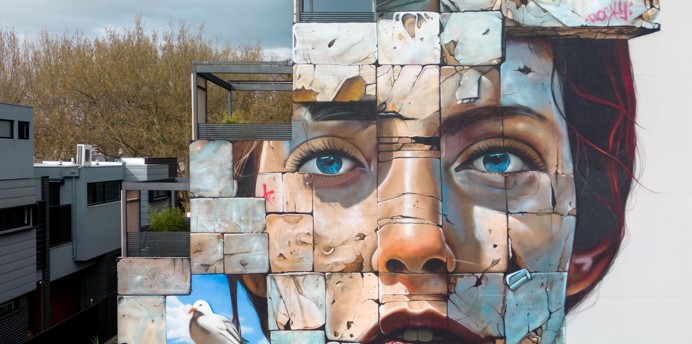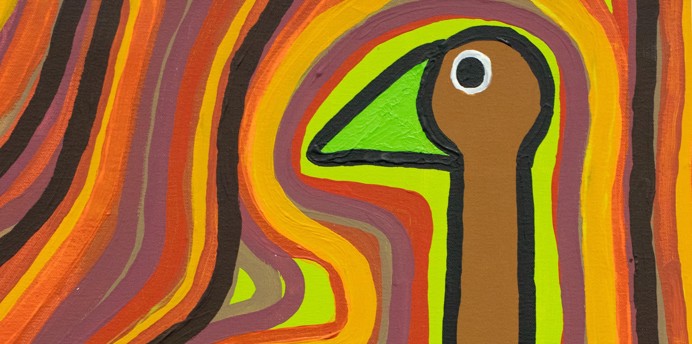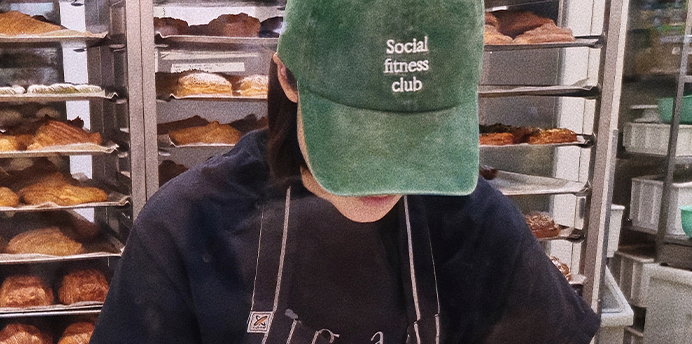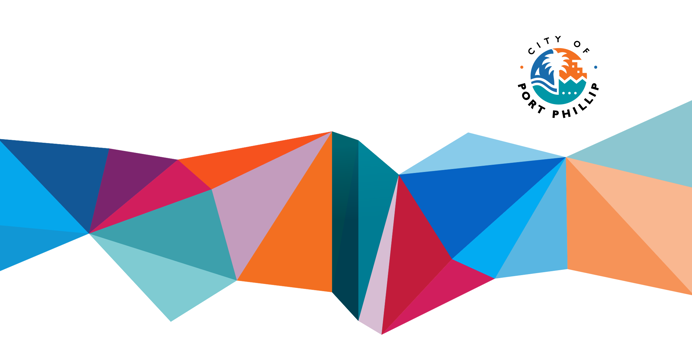Population specific resources
Experiences of trauma in First Peoples’ communities
Before colonisation, the rich and diverse cultures of First Peoples nurtured healthy and thriving communities across Port Phillip for thousands of years.
The trauma of colonisation experienced by First Peoples impacts minds and bodies, as well as families, connections to place (Country), culture, language, and ways of life across generations. The impacts of colonisation have meant that rates of trauma are higher among First Peoples than Australian averages.

Healing Journey by Sonia Harrison
| The types of trauma colonisation can inflict include | Such as |
| Historical and cultural trauma | Stolen Generations, genocide, racism, poverty and more. |
| Community trauma | Substance abuse, violence, multiple deaths and more. |
| Lateral violence | Trauma that is internalised and acted out within a community, such as bullying, shaming or isolating community members. |
| Family trauma | Intergenerational trauma, domestic violence, loss of parenting skills and more. |
| Individual trauma | Child abuse and neglect, challenges trusting and engaging with others, challenges engaging with culture, language and Country, and more. |
Higher levels of trauma and social disadvantage experienced by First Peoples increases exposure to:
- Health inequalities
- Mental health disorders
- Drug use
- Alcohol use
- Suicide
- Self-harm
- Co-occurring mental health issues
- Socio-economic disadvantage
- Feeling disconnected from one's community
- Loss of identity loss
- Profound grief and loss
- Child maltreatment
- Fighting within a community or lateral violence
- Stressful life events, including:
- Unemployment
- Homelessness
- Incarceration
- Changed family dynamics
These tools are not part of First Peoples' culture but a response to the trauma of colonisation.
These issues rarely occur in isolation. They often overlap, making it more difficult to access support. Healing is especially difficult for First Peoples when traumas of racism, structural violence (such as child removal and incarceration) and intergenerational trauma continue.
Resilience within First Peoples communities
Resilience in First Peoples' communities in Port Phillip comes from many aspects of life. Supportive connections with family and community, connection to culture, language and Country.
First Peoples’ strengths
- Culture
- Community
- Humour
- Courage
- Ability to live in two different cultures: First Peoples’ and Western
Collaborating with First Peoples and communities
Learn about the people whose lands you are living and working on and the people you are working with. This includes their culture, strengths and challenges. First Peoples and their cultures are many and varied. A one-size-fits-all approach will not meet everyone's needs and can be damaging.
In many First Peoples’ communities, health does not just include the individuals mind and body, but also the health of Country, language, culture, spirituality and family. It is important to ask and practice deep listening.
DADIRRI (Official Miriam-Rose Ungunmerr Video)
Practicing Dadirri (deep listening), patience, holistic care, and respecting someone right to seek culturally-based care, is a step toward cultural safety which is essential for a trauma-informed approach.
Healing as:
- Holistic
- Individual and community empowerment
- Connecting with identity and spiritual self
- A journey that involves time and pain
- Understanding how an individual’s stories fits into First Peoples’ stories of colonial trauma
- Evolving cultural traditions
- Hope for the future.
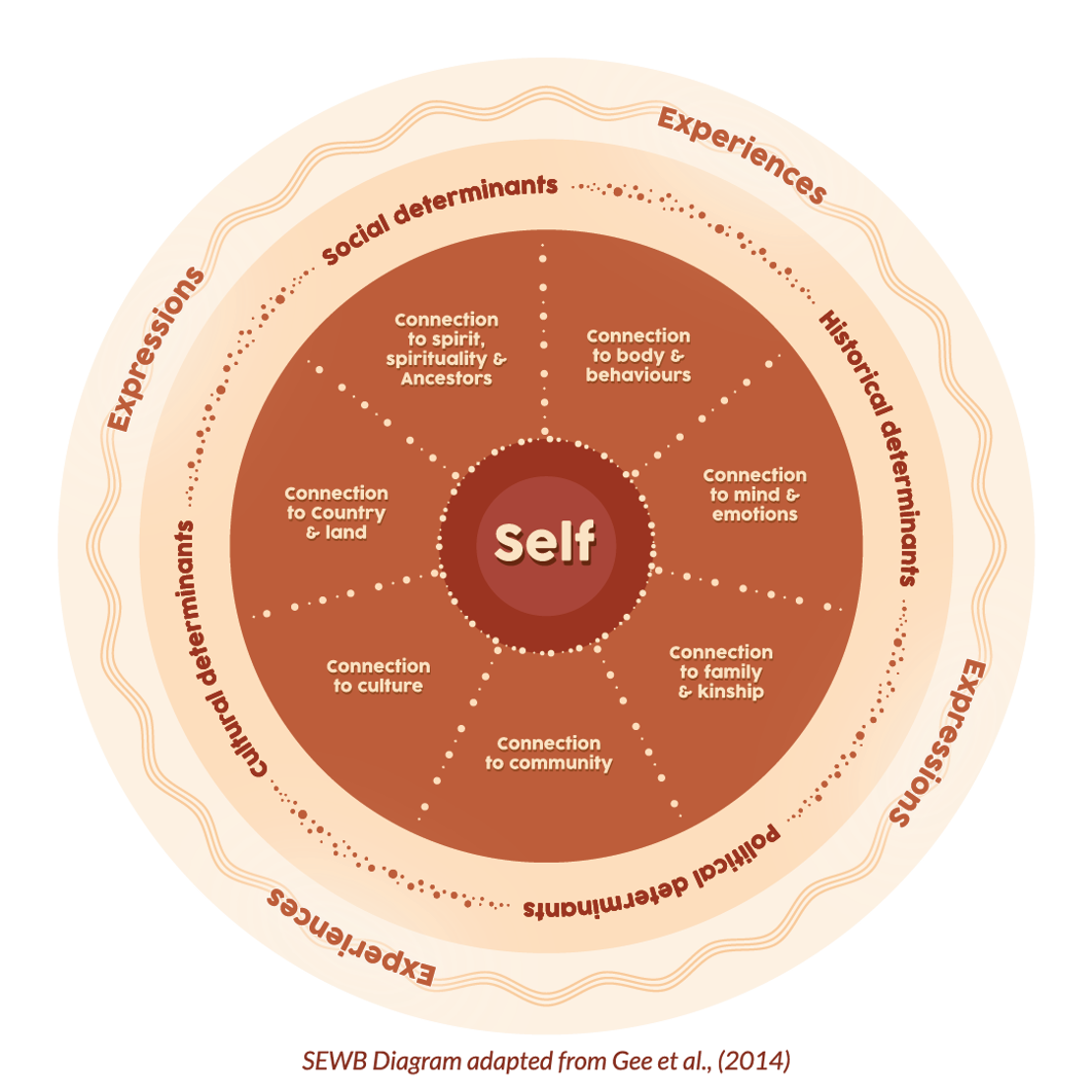
Trauma among people experiencing homelessness
In our community, over 40 a night sleep rough on the streets, parks and foreshore. It is impossible to know how many more of our community members sleep on someone’s couch, in cars or overcrowded dwellings.
Trauma has been identified as a cause of homelessness as well as a factor keeping people in homelessness. Across Victoria around 100% of people experiencing long-term homelessness have experienced at least one potentially traumatic event. As many as 97% have experienced more than four.
Trauma’s impact on our mental health increases the likelihood of social disadvantage which impacts our ability to access support. These barriers make it harder to address trauma and heal.
Social disadvantage barriers include:
- Closure of mental health facilities
- Lack of specialised care for severe or concurrent mental illness
- General inaccessibility of our healthcare
- Pressure of everyday survival making accessing support impossible, for example finding food instead of navigating healthcare systems.
In a study of people experiencing long-term homelessness, 50% reported a time when they wanted professional help but could not access it. This should not be mistaken for a lack of interest. Only 9% expressed a lack of interest or readiness to address trauma and access support.
Reported reasons for not accessing support:
- Not knowing how to get help - 35%
- Not trusting anyone - 11%
- Thinking that no one could understand their situation - 11%
- Cost - 7%
Prevalence of trauma among people experiencing homelessness
| In Victoria, 88% of people experiencing homelessness met the criteria for at least one mental health disorder: | In Victoria, 60% of people experiencing homelessness reported interpersonal, prolonged and/or repeated trauma. These people reported: |
|
|
